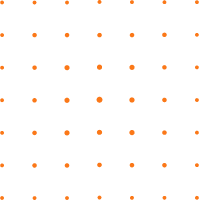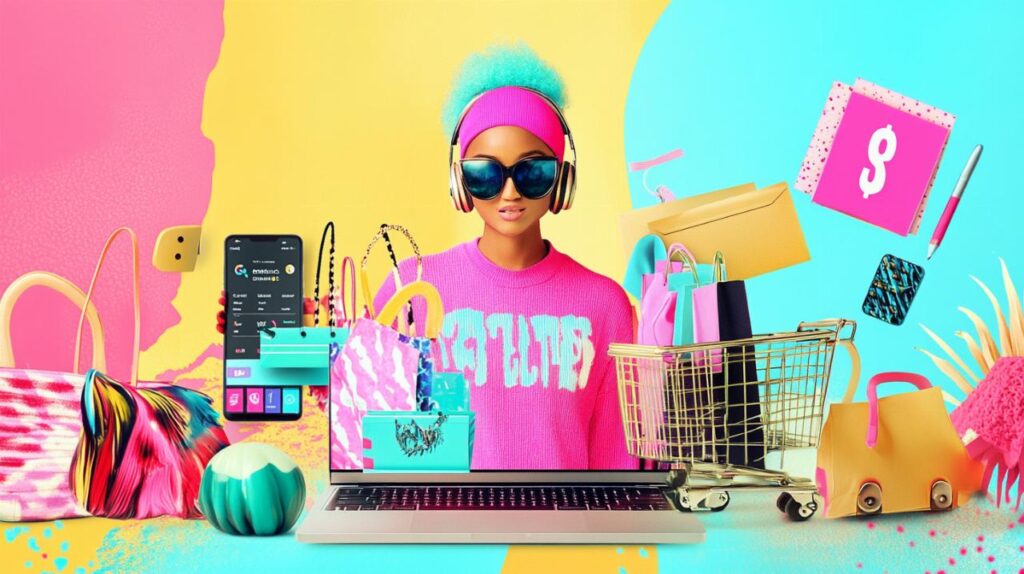The digital marketplace has evolved into a vibrant ecosystem where tech enthusiasts and fashion-forward shoppers converge, creating a dynamic landscape of consumer preferences and purchasing habits. As e-commerce continues to expand globally, with projections suggesting it will account for nearly 21 per cent of all retail sales in 2025, understanding what drives these purchases becomes increasingly vital for both retailers and consumers alike.
Current must-have tech accessories making waves online
The tech accessories market demonstrates robust growth, with analysts forecasting a 6 per cent annual increase through 2025. This expansion reflects not merely consumer appetite for gadgets but a fundamental shift in how people integrate technology into their daily routines. Mobile devices now account for almost 64 per cent of global web traffic, underscoring the importance of accessories that enhance and protect these essential tools. Laptop sleeves have become particularly sought-after items, as remote work and digital nomadism continue to shape professional life. Selecting the right protective cover transcends mere aesthetics; it represents an investment in safeguarding valuable equipment whilst expressing personal style. The marketplace offers solutions ranging from minimalist designs to bold statements, catering to diverse tastes and functional requirements.
Wireless charging stations and smart device holders
Wireless charging stations have emerged as essential household fixtures, eliminating the tangle of cables that once cluttered desks and bedside tables. These elegant solutions combine practicality with design sensibility, often accommodating multiple devices simultaneously. Smart device holders complement this trend, offering adjustable viewing angles and cable management features that appeal to consumers seeking both functionality and aesthetic harmony. The convergence of these accessories reflects broader online shopping trends where convenience meets contemporary design principles. Digital natives, particularly those born between 1997 and 2012, demonstrate strong preferences for products that simplify their tech-heavy lifestyles whilst maintaining a sleek appearance.
Bluetooth gadgets and portable audio solutions
Portable audio technology continues to captivate shoppers, with Bluetooth-enabled devices dominating wish lists across demographics. From compact earbuds offering noise cancellation to portable speakers delivering surprising sound quality, these gadgets represent the intersection of mobility and entertainment. The sustained popularity of such items stems from their ability to provide immersive experiences regardless of location, whether commuting through bustling city streets or enjoying a quiet moment in a local park. Consumer behaviour increasingly favours products that enhance everyday experiences without compromising on quality or convenience. This preference extends to related accessories such as protective cases and charging solutions, creating an ecosystem of complementary purchases that retailers have learned to bundle effectively.
Fashion accessories dominating digital shopping baskets

Fashion accessories have carved out a substantial presence in the e-commerce landscape, with nearly 100 per cent of Gen Z consumers in Germany using social media to discover fashion items before making purchases. This discovery-to-purchase journey often begins on platforms like TikTok, where 60 per cent of UK users have bought something directly through the app. The democratisation of fashion through digital channels has transformed how people approach accessorising, moving beyond traditional retail constraints to embrace global trends and niche styles. Sustainable fashion principles have gained considerable traction, with products bearing environmental and social governance claims showing 28 per cent cumulative growth over five years compared to 20 per cent for items without such credentials. This shift reflects deeper values among shoppers who increasingly align their purchasing decisions with ethical considerations.
Statement jewellery and sustainable fashion pieces
Statement jewellery has experienced a renaissance in digital marketplaces, where consumers seek pieces that convey personality and distinctiveness. Bold necklaces, oversized earrings, and stackable rings dominate trending searches, often inspired by influencers whose recommendations carry substantial weight. In Germany, 33 per cent of Gen Z fashion shoppers draw inspiration from influencers, with nearly half having purchased items based on such endorsements. Sustainable fashion pieces complement this trend, as approximately 60 per cent of Gen Z adults in the United States prefer brands that share their values. Transparency regarding materials and production methods has become paramount, with 45 per cent of Gen Z adults boycotting brands between October 2024 and April 2025 due to ethical concerns. The recommerce market, projected to reach 276 billion dollars by 2028, offers an alternative pathway for acquiring fashionable accessories whilst supporting circular economy principles.
Designer-inspired handbags and seasonal scarves
Designer-inspired handbags occupy a fascinating niche within the fashion accessories sector, offering aesthetic appeal at accessible price points. Shoppers navigate this category with increasing sophistication, leveraging augmented reality features that allow virtual try-ons and detailed product examination. Research indicates that 71 per cent of shoppers would increase their purchasing frequency if retailers provided augmented reality applications. Seasonal scarves represent another category where digital commerce excels, offering vast selections that physical stores struggle to match. From lightweight summer silks to cosy winter cashmeres, the variety available online caters to every climate and occasion. Product page content proves crucial in these decisions, with 70 per cent of online shoppers stating such information can make or break a sale. Detailed descriptions, multiple photography angles, and customer reviews combine to recreate the tactile experience traditionally associated with in-store shopping. The integration of artificial intelligence in personalising recommendations has further enhanced the shopping journey, with 72 per cent of consumers engaging only with tailored marketing when browsing online. This technological sophistication extends to voice commerce, with purchases through voice assistants projected to grow from 22 billion dollars in 2020 to 164 billion dollars in 2025, representing a staggering 630 per cent increase. Such innovations demonstrate how technology and fashion accessories intersect within the broader e-commerce ecosystem, creating experiences that are simultaneously convenient and engaging. The future of digital shopping appears increasingly immersive, with the metaverse offering virtual fashion experiences and blockchain technology enhancing supply chain transparency. These developments promise to reshape how consumers discover, evaluate, and purchase both tech and fashion accessories in the coming years.


